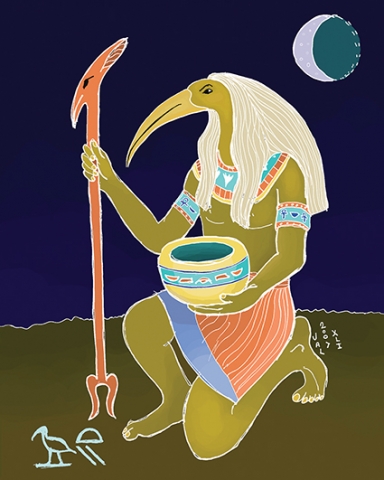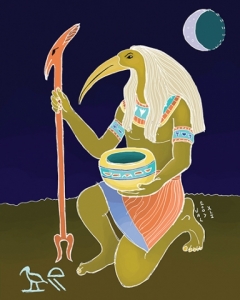The Mystery of Georgian Bread
Since ancient times, agriculture has been the main sector in Georgia, but the history of wheat began even further back.
Not long ago, in a village named Anaseuli in Guria, ancient varieties of wheat and agricultural tools were discovered, dating to the VII-VI BC century. All the collected materials give us information about the intensive and continuous process of the wheat evolution.
In the beginning, humans ground the wheat to make porridge, but after some time they learned to bake with it.
Pieces of the oldest bread, identified as having been used for ritual purposes, were found in Ramse III’s tomb and dated as 3000 years old. Yet the baking tradition is thought by many experts and researchers to be much older, about 12-15 thousand years old to be exact. What makes them think this way is the age of the oldest ovens found during excavations.
In Georgia, as in Egypt, people worshiped wheat and bread. Even today wheat is found in Christianity and its rituals in the shape of Kolio (offered at funeral feasts), Korkoti and Tsandili. Georgian bread is very popular in and out of Georgia.
I would like to draw your attention to the bread “Meskhuri” and “Kakhuri Shoti”. “Kakhuri Shoti” is both tasty and has its own unique form. National bread is baked of various forms and compositions in many countries, but the new-moon form of “Shoti” can be seen nowhere else in the world.
I was interested in the etymology and origin of its name, why and when our ancestors came to call this bread “Shoti” and why they gave it the form of the moon. When I started to research, I remembered the god of old Egypt- “Toti” and what is more interesting, the astrological face of “Toti” is the moon. So, there we have the Georgian “Shoti,” with the moon’s form and the god of Egypt “Toti” which has the moon as an astronomical face.
To make stronger our arguments, I want to mention the opinion of Professor of California University, Academician Viacheslav Ivanov. He writes the following: “In analyzing the linguistic basis of old Egypt and proto-Georgian, we came to the conclusion that two of old Egyptian Gods-”Toti” and “Osiris” are original Georgian Gods.”
“Toti” was one of the main gods of Egypt and was considered as the God of Wisdom and of the Moon. He created an alphabet, numbers, magic, he taught Egyptians agriculture, he could even manage the time. The second name given to “Toti” is “Jekhuti”. I read it in two parts Je_Khuti, but this a theme for another time. Yet I must underline the fact that thousands of years ago people were baking moon-shaped bread in the Ursh-biblical city of Galdeans.
In Samtskhe-Javakheti there was always a wide choice of wheat, therefore there is a wide variety of baked goods there. “Kakala”, “Sonini”, “Chatsekili Puri”, “Bazlala”, “Khmaidi” and more..
Now I would like to speak about “Meskhuri Puri” which has its own form, unchanged in centuries. “Meskhuri” bread has a round form, with a small oval hole in the center, which has been established by scientists to originally have been a replica of the signs symbolizing the sun, gold and bread- with a circle with a point in the middle.
Let’s compare this sign and the form of bread ‘‘Meskhuri”, as the similarity is undeniable. It is clear that the bread had a cult designation for proto-Georgians.
It cannot be coincidence that Georgian bread has a form of the moon and the sun. It must be in this way they came to call their bread “Shotis” or “Totis” Puri= bread of “Toti”. With it they were showing their respect. It is historical fact that besides Georgia such moon form bread was baked only by the Galdevels in the city Ursh, thousand of years ago. That is from where we come, that means we are one of the oldest nations with the oldest culture, a nation of longevity, strong and immortal, which has one of the longest history of continuous development, part of the universal history. It’s time for the Georgian nation to earn its rightful place in this big cycle.
Doctor Tamar Kuchava-Asanishvili, Georgian Writers Union member, researcher











